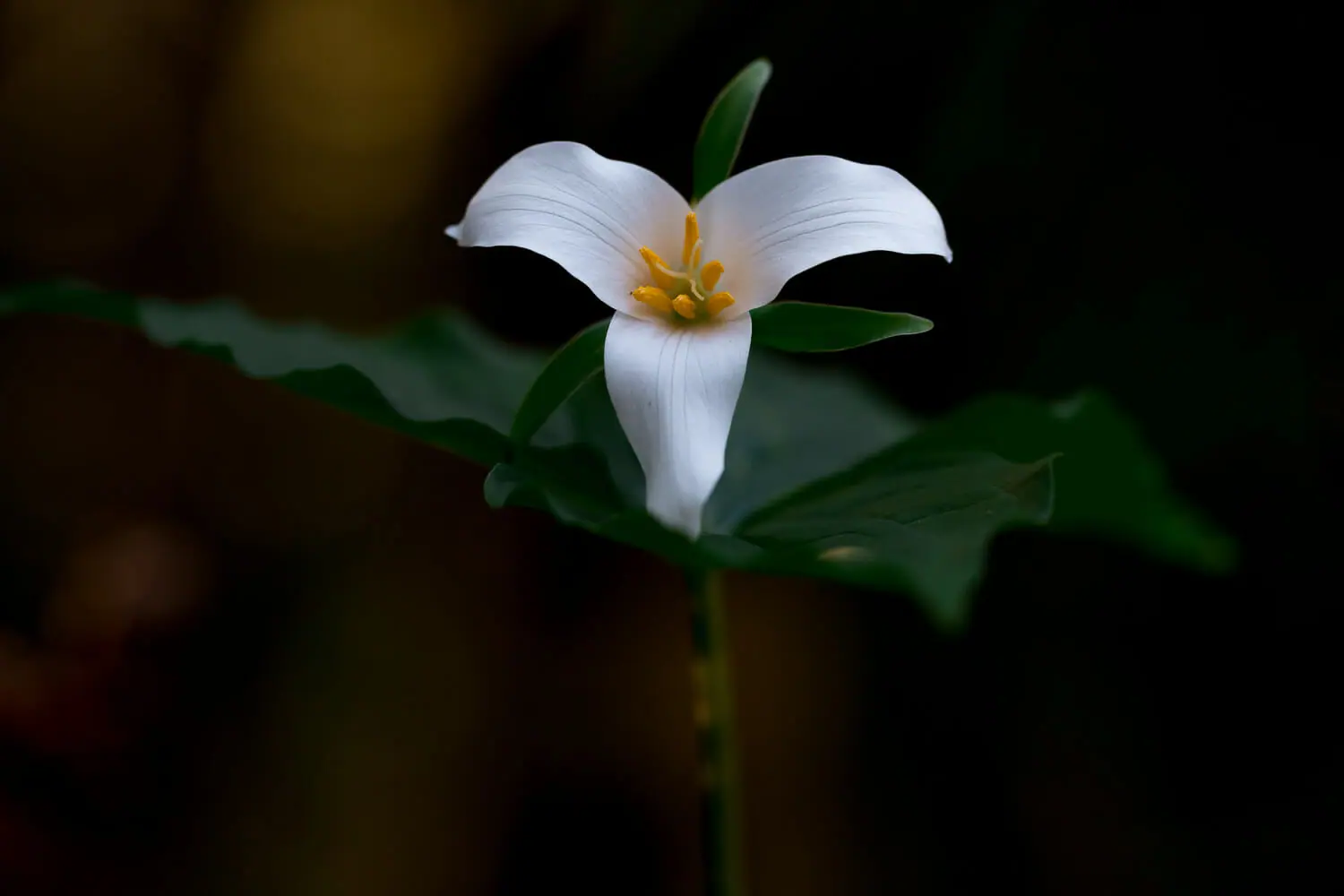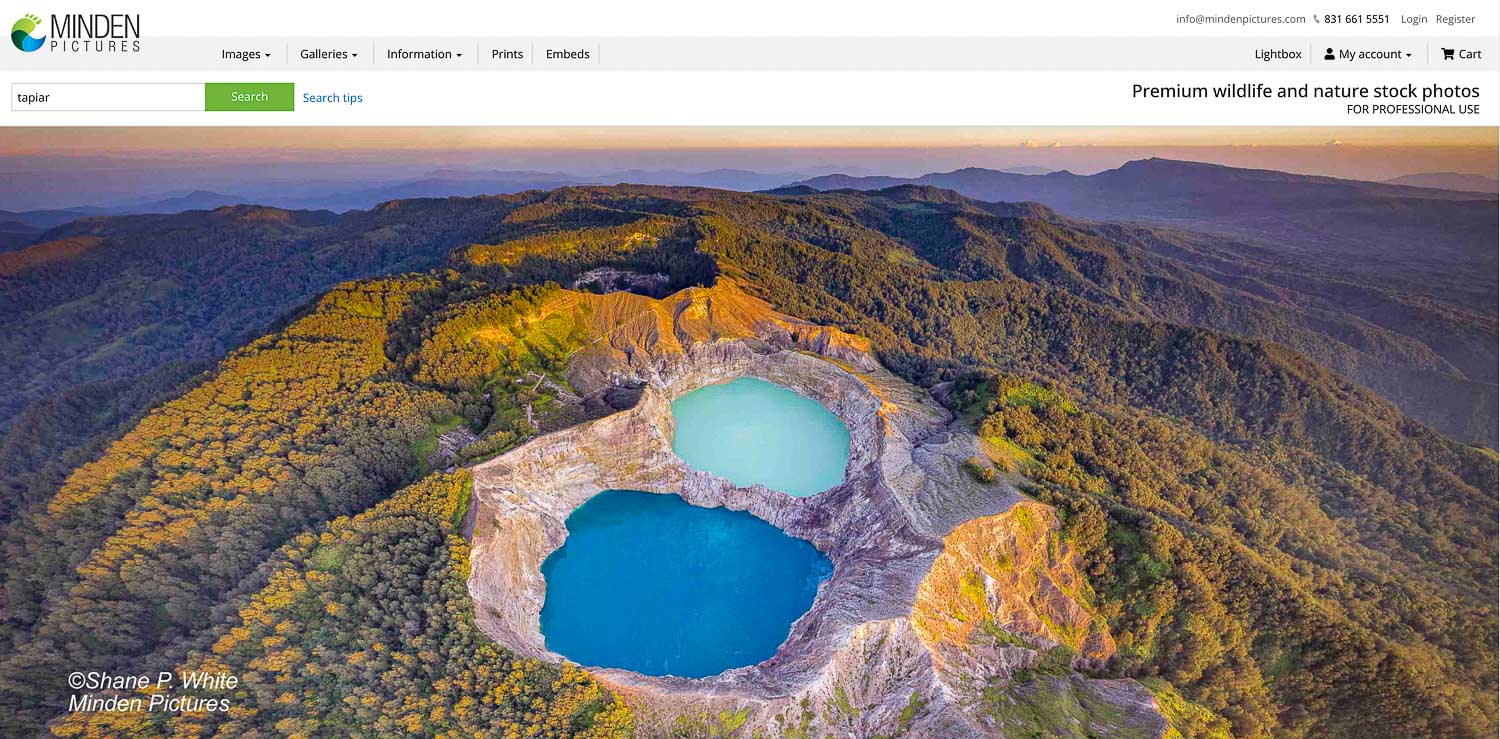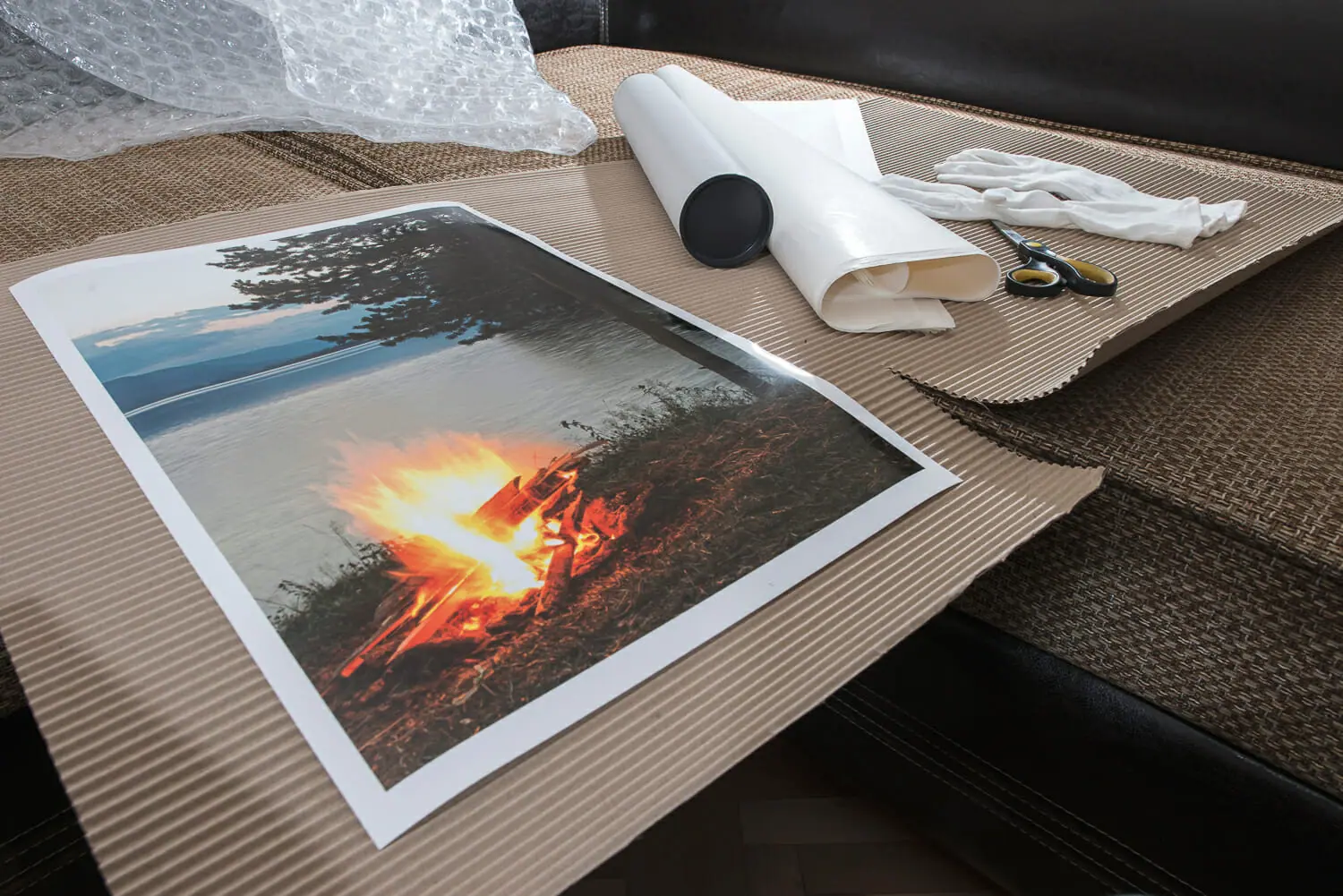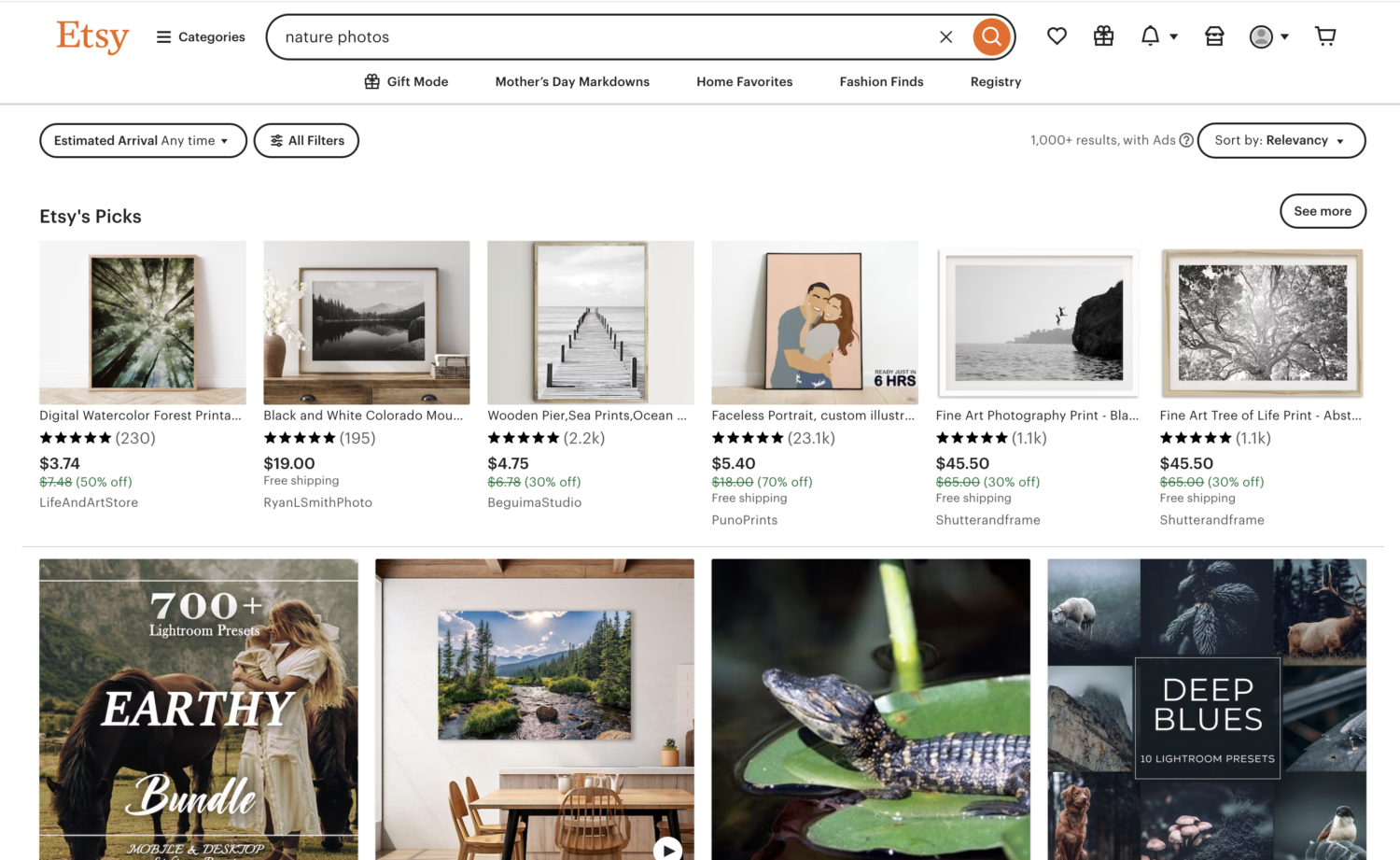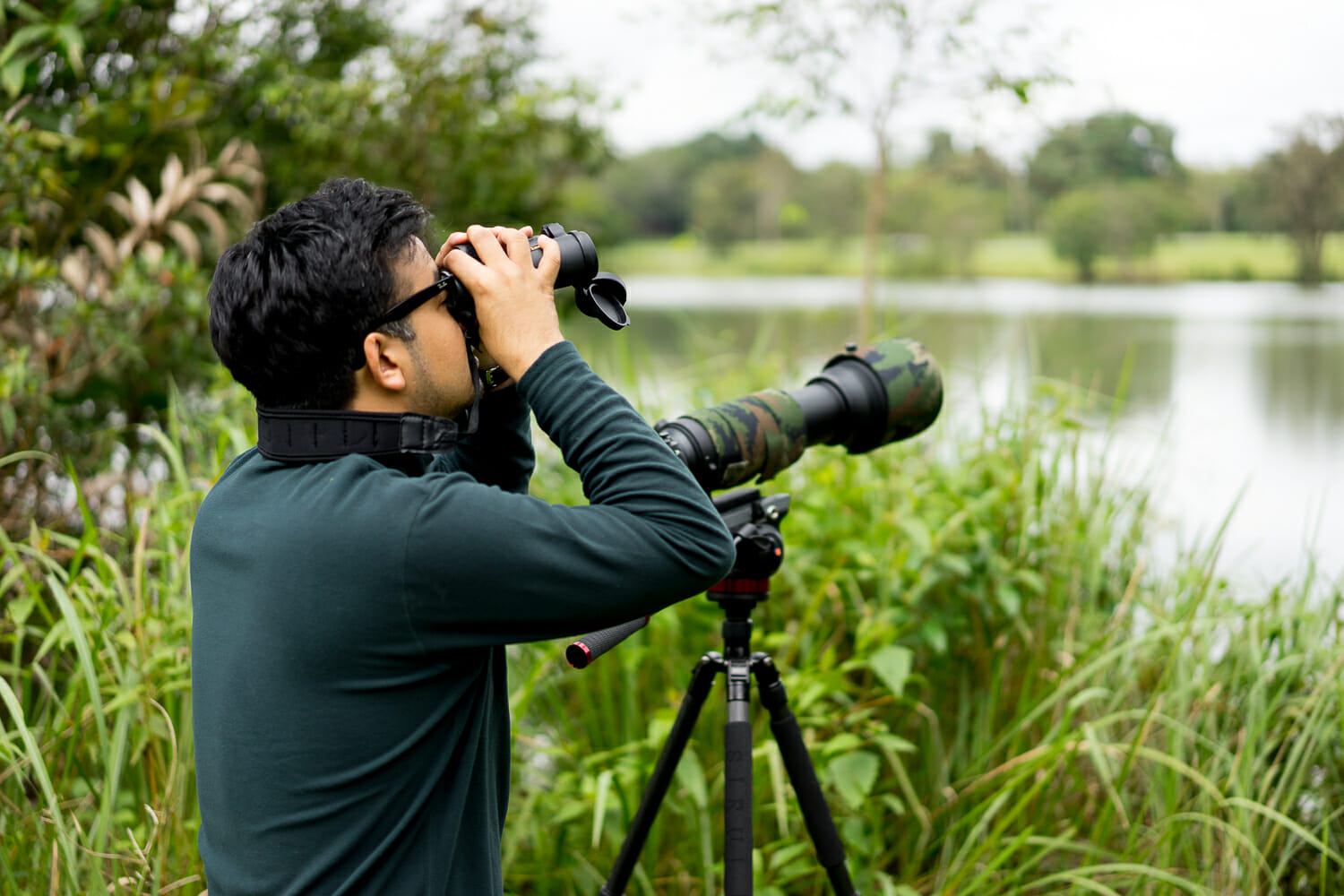Read Time: 10 minutes
Selling nature photography is an appealing way to earn revenue from your outdoor adventures.
But, most professional photographers will agree that selling your photos work is no easy feat. And earning a steady income in the field, well, that's pretty tough.
Demand for wildlife photos, landscape photos, and nature photos, in general, can be unpredictable. Plus the costs of purchasing and maintaining equipment, traveling to remote locations, and sometimes waiting for days to capture that perfect shot can add up pretty quickly.
But! That doesn't mean it isn't doable.
With dedication, photography skills, and a bit of insider knowledge that we're about to share, you can transform these obstacles into opportunities and start selling your gorgeous nature photos online.
How to sell your nature photos
In an era of endless possibilities and digital spaces for the professional photographer (and the dedicated amateur looking to start selling photos), there are myriad platforms out there to choose from.
From stock photo sites to selling physical prints to selling photo stories to news outlets, each avenue has its benefits and drawbacks.
In our modern digital age, independent photographers can sell nature photos online through any and all of those platforms, transforming a photography business that was once limited to one seemingly without bounds.
Photo: Screenshot of Minden Pictures
1. Sell through stock photo websites
Stock photography sites provide one of the easiest ways to sell nature photography.
Platforms like Shutterstock, Getty Images, and Adobe Stock offer a vast image library that allows photographers to make their work available to a wide audience.
Users can search the image library to locate that particular photo they've been looking for.
You'll upload your high-quality photos to the stock sites and tag them with relevant keywords that accurately describe the content and subject matter. This helps improve the visibility of your stock photos in search results, making it easier for potential buyers to find them.
Clients license images, and the agency gives you a percentage of each sell.
Easy, right?
Well, take note that “easy” doesn't necessarily mean lucrative.
Stock photography is a numbers game.
First, you need to contribute a significant number of high-quality images that are unique from what's already on the stock site. And even then, you're only getting a percentage of each sale.
So you're constantly needing to “feed the machine” with fresh work.
While it's tempting to throw in with easy-entry agencies like Alamy or Shutterstock that focus on royalty-free licensing, we recommend applying to work with reputable stock agencies that are focused specifically on nature and wildlife photography, care deeply about the photographers they work with, and lean into rights-managed licensing.
Our favorites include Minden Pictures, Nature Picture Library, and Tandem Stills + Motion.
Photo: matka_Wariatka/Shutterstock
2. Pitch images to print media and online publications
One of the oldest ways to sell nature photography is pitching to magazines and newspapers.
This traditional medium is always in search of high-quality images to accompany their articles and enrich their narratives.
The appeal of publishing your photography through established media sources lies not only in the fair income they typically provide, but also in the prestige associated with publications.
Having your name in print in a reputable magazine or online journal can open even more doors with other photo editors and assignments.
Additionally, getting published in magazines, newspapers, and online publications can result in those one-off stories and potentially ongoing freelance gigs.
This requires putting yourself out there in competition with other photographers, but it can be a great way to get your work seen by a larger audience and earn a regular income.
We believe so deeply in the power of pitching photo stories to publications that we offer an online course with the entire how-to road map laid out for you >>
Photo: Deyan Georgiev/Shutterstock
Sell photos online directly
There are a number of ways for nature photographers to sell their images online directly to customers. Below are the most common ways to get nature photography online:
3. Sell your photos though an online store on your website
Having your own website can be one of the most effective ways to sell your nature photographs. It allows you to create a personalized platform from where you can display your work in the best light.
Setting up a website may not be the most appealing task. But it's pretty much a requirement to have a professional portfolio website to present your photography skills anyway.
So, why not also build in an online gallery, too!
Thankfully, getting an online gallery up and running on your website is now easier than ever.
You can easily set up an online store using e-commerce platforms like Shopify, WooCommerce, or Squarespace. These platforms will handle payment processing, inventory management, and shipping logistics for you.
Some sites also integrate with printing companies, so you don't even need to submit orders to your printer. It's automagically done for you.
Even with this level of ease, its still important you put time and energy into curating the user experience.
It's important to make your images easy to browse, are in portfolios that make logical sense, and of course, ensure your site is optimized for search engines.
Offering a variety of print options, such as canvases, posters, or framed prints, can also increase your sales.
Remember, excellent customer service and a secure checkout process can turn first-time buyers into lifelong customers.
So, put effort upfront into creating a smooth ordering experience and it'll pay off down the road in repeat sales.
Photo: McLittle Stock/Shutterstock
4. Sell your photos through your social media platforms
The visual nature of platforms like Instagram, Pinterest, and Facebook make them ideal for photographers. And, now that all platforms have streamlined shopping experiences for businesses, they're a great way to drive image sales.
You can sell images and prints directly through these platforms or use them as a tool to drive traffic to your own website.
Here are a few tips to enhance your success:
❂ Perfect Your Craft
Only share your best shots. The quality of your photographs is what attracts viewers in the first place. Tailor your content to your target audience and focus on what makes your work unique.
❂ Engage with Your Audience
Interaction is key on social media. Respond to comments, ask questions, and engage with your followers regularly. This helps to build a community around your work and keeps your audience engaged.
❂ Optimize Your Bio
Your bio should have a clear and compelling description of your work and a direct link to your online store or website where your photos can be purchased.
❂ Leverage Instagram's Shopping Feature
Instagram allows you to tag products in your photos that lead directly to your online store. This makes it easy for followers to purchase your work without leaving the app.
❂ Tag your products in Pinterest Pins
If you have a business account on Pinterest, you can tag your prints in the pins themselves. This allows you to link directly from your pin to a checkout page. It makes it even easier for Pinterest shoppers to place an order.
❂ Use PrettyLinks
PrettyLinks is a powerful WordPress plugin that enables you to create clean, easy-to-remember links for your customers. This tool is particularly useful for directing your audience to complex URLs, such as a shopping cart or a specific product page. You can post a print available for sale to your social profile and put a PrettyLink in the caption. When users click on your PrettyLink, they'll be redirected to the cart page, making their shopping experience more straightforward.
Remember, consistency and patience are key. Building an online presence and customer base takes time, but with persistence and the right approach, social media can be a powerful tool for selling your nature photography.
Photo: Screenshot of Etsy.com search for nature photos
5. Sell through an online marketplace
With direct access to a global customer base and millions of active users, online marketplaces like eBay and Etsy provide an excellent platform for selling your photography.
To sell on these platforms, create a seller account and then list your items.
It's crucial to provide detailed and accurate descriptions of your photographs, including the size, the medium (print, canvas prints, digital download, etc.), and any other pertinent information.
Online marketplaces typically charge a listing fee and/or a cut of each sale, but they handle payment processing and provide you with tools to manage your store.
Some sellers also find success selling their work on specialized photography marketplaces such as 500px or SmugMug, which cater specifically to photography enthusiasts and professionals.
6. Sell via print-on-demand companies
Print-on-demand companies offer a great avenue for photographers looking to sell prints without the hassle of managing inventory, printing, packaging, and shipping.
With print-on-demand, you simply upload your high-quality images to the platform, and they take care of everything else.
When a customer decides to purchase one of your prints, the print-on-demand company prints your image, packages it, and ships it off on your behalf.
This means you can focus solely on taking great photos and leave the logistics to them.
When selling prints, it's important to consider the quality of your images, as the higher the quality of your image, the larger the print can be – and large prints typically sell for higher prices.
Also, keep in mind that the market for selling prints is a competitive one.
It's important to differentiate yourself from other photographers.
Focus on developing a unique style or go all in on a specific niche within nature photography.
By doing so, you'll be more likely to catch the eye of potential customers and sell more prints.
Photo: grass-lifeisgood/Shutterstock
7. Sell photo books
Selling photo books is another effective way to generate income from your nature photography. This approach lets you curate a collection of your best images into a tangible, high-quality format that both photography enthusiasts and casual followers of your work can appreciate.
With the advent of self-publishing platforms like Blurb or Lulu, creating and selling photo books has never been easier.
You design your book, set the price, and sell directly to customers.
When a purchase is made, the book is printed on-demand and shipped by the platform on your behalf.
Photo books provide a revenue stream and act as a promotional tool, showcasing the breadth and quality of your work.
By curating collections around specific themes or locations, you can target particular niches of customers and increase your chances of sales.
Photo: eva_blanco/Shutterstock
Realities of selling nature photos
While the idea of selling nature photos for an income might seem enticing, the reality of it can be quite challenging. While we absolutely encourage you to pursue it, we want you to go in with eyes wide open.
Generating consistent income requires getting substantial traffic to your website, which isn't an overnight job. It demands a strategic approach to SEO, regular content updates, and active engagement with your audience.
It also requires consistently pitching your work. Whether that's to your followers on your social media platforms (which you'll need to take time and energy to build) or to gallery owners, photo editors, or potential clients, it's process that can be time-consuming and fraught with rejection.
You need thick skin, and a “every no gets me closer to a yes” attitude.
There's also a significant amount of competition in the field, making it crucial to find ways to make your work stand out.
You need to consistently hone your skills and style and have the courage to lean into your uniqueness as a photographer.
Additionally, the changeable nature of technology and consumer tastes can mean that strategies that worked yesterday may not be effective tomorrow, requiring a constant learning and adaptation process.
It's a lot.
But it can also be an exciting challenge.
Plus, knowing YOUR photos are gracing the walls of homes or hotels is deeply encouraging.
So, despite these hurdles, many find the journey rewarding and a testament to their passion for photography.
Recommended: Dig deeper into the ins and outs of going pro with our in-depth guide, “How to Be a Professional Wildlife Photographer: Step By Step Guide”
Photo: PIXA/Shutterstock
Other ways to add to your income as a professional photographer
While selling online through a stock agency like Minden Pictures, or finding an on-demand platform to sell prints, or any other method to you've found to sell your photos, being a profitable nature photographer is tough. T-O-U-G-H.
But here's the encouraging news.
You DON'T have to be a full-time award-winning photographer to consistently sell your nature photos.
You can absolutely be a passionate hobbyist and make an income with your images.
But you've got to go out there and hustle to gain exposure for your work.
That involves diversifying the ways you earn an income.
Not only can you try multiple avenues for selling your nature photos, but you can look at other ways to earn revenue that are just as fun and challenging.
A few ideas:
❂ Enter photography contests
Photo contests may not fit the conventional definition of “selling” photography, but they can provide revenue if you win.
More than the monetary prize though, photography contests will get more eyes on your landscape photography or wildlife photography and help you get comfortable submitting your work for paid opportunities.
There are plenty of websites out there, like Photo Contest Deadlines and Photo Contest Gurus, that can help you keep track of available photo contests and the entry deadlines and requirements for each.
Find contests in our ultimate guide to nature and wildlife photography contests >>>
❂ Participate in a photography exhibition
Participating in a photography exhibition is a brilliant opportunity for wildlife photographers and landscape photography enthusiasts to showcase their work and sell photography prints.
Start by researching local galleries, art festivals, and public spaces for opportunities. Planning is key – curate a collection of your best landscape photos, ensuring they are printed to a high standard and presented professionally.
When marketing your exhibition, emphasize the uniqueness and beauty of your images, making them irresistible to image purchase.
Engage with attendees, sharing stories behind your photos, this personal connection can often motivate sales.
The goal of taking part in photo exhibitions is two fold: to sell prints and also raise your profile and network with potential clients and gallery owners.
❂ Offer photography workshops or guided tours
Offering photography workshops or guided tours is another creative way to capitalize on your skills as a professional wildlife photographer.
These workshops can range from basics for beginners to advanced techniques for more experienced photographers.
You can create an additional income stream by sharing your knowledge and passion for wildlife photography.
As for guided tours, use your expertise to lead groups into nature, pointing out ideal locations, lighting, and subjects for stunning wildlife shots.
These tours can be particularly popular for enthusiasts who want to learn real-time, hands-on lessons while experiencing the excitement of a wildlife photo shoot.
Your unique insights as a professional wildlife photographer make these experiences invaluable to budding photographers and wildlife enthusiasts alike.
Recommended: Check out our guide, “How to Be a Professional Wildlife Photographer: Step By Step Guide” for more about how to go from passionate hobbyist to pro.
Final Thoughts
Succeeding in the field of nature and landscape photography requires creativity, technical skills, and a deep love for the natural world.
But beyond that, it demands an entrepreneurial spirit and a willingness to explore different avenues to promote and sell your work.
From stock photography to print-on-demand, from online marketplaces to photography exhibitions, there is a broad spectrum of opportunities for photographers to monetize their passion.
Ultimately, the key to success lies in your persistence, your unique vision, and the quality of your work.
So, keep trying, keep learning, and most importantly, never let the hustle get in the way of actually going outside and taking those gorgeous photos of our gorgeous wild planet.

